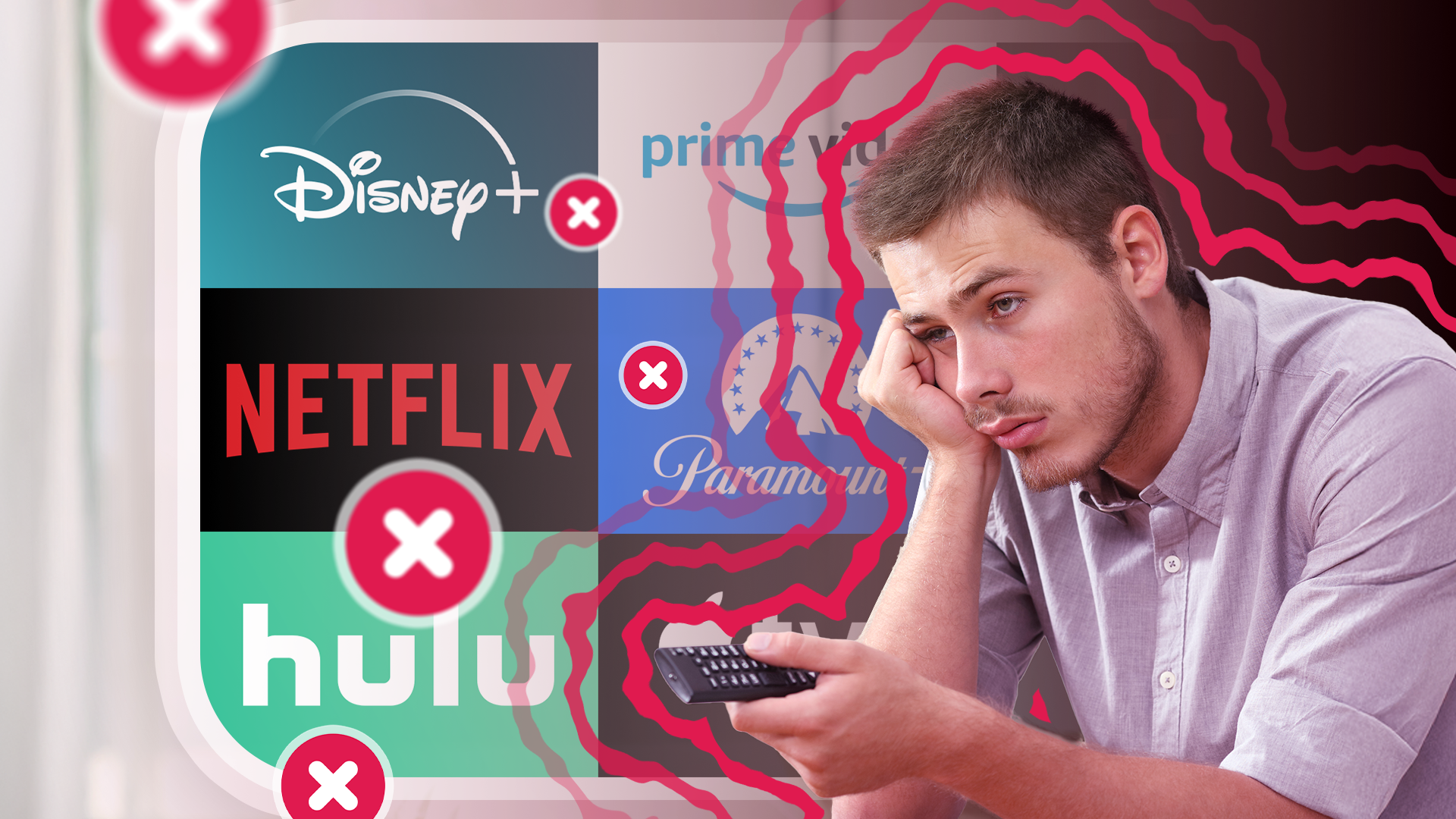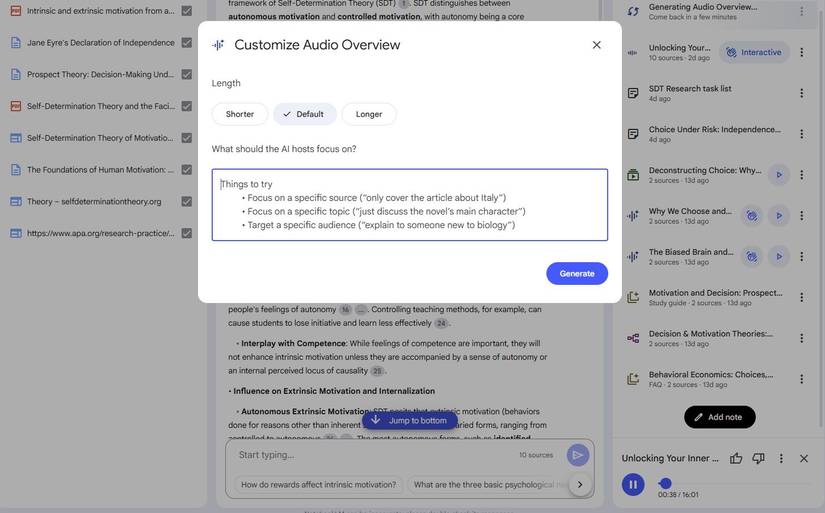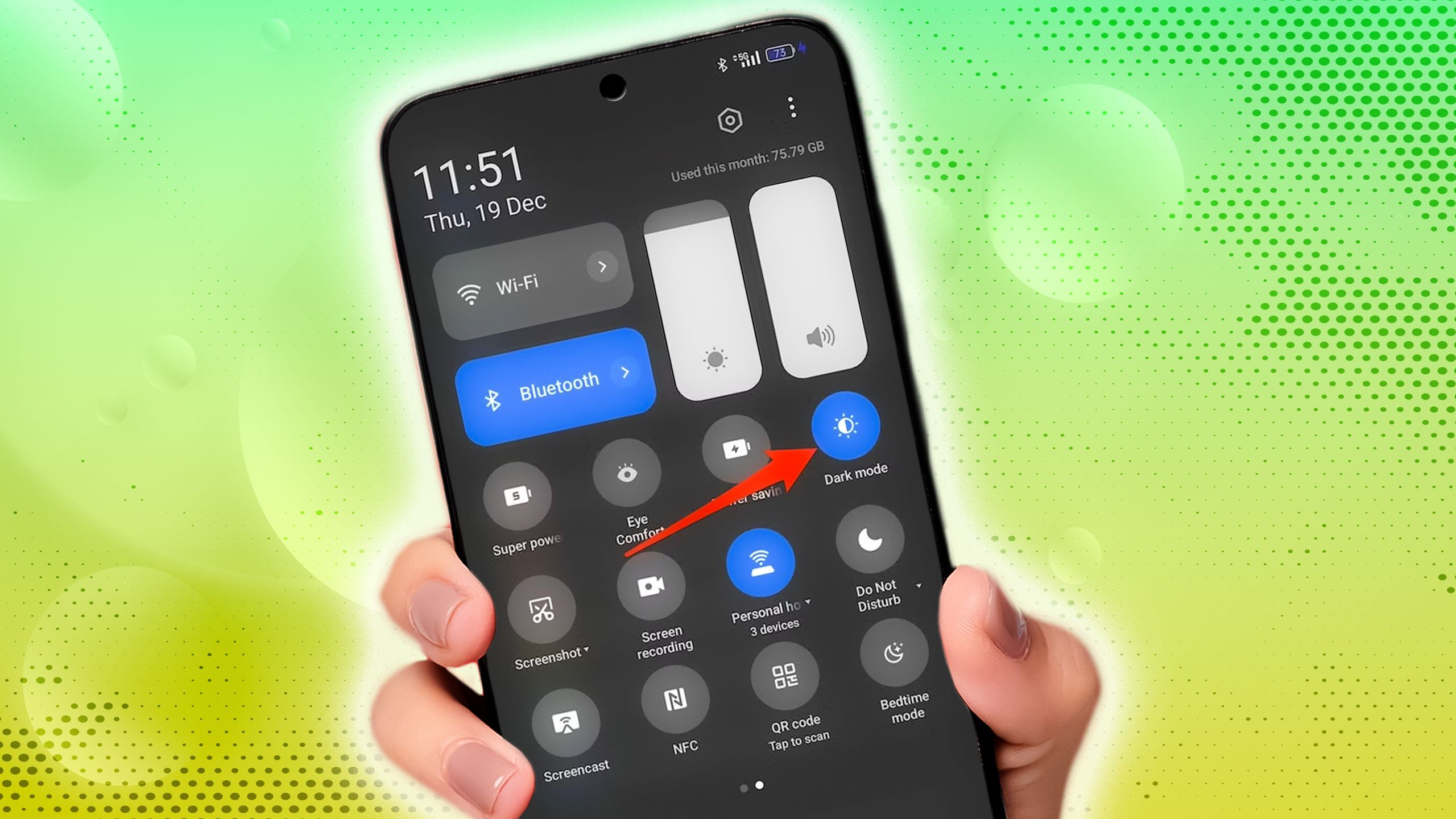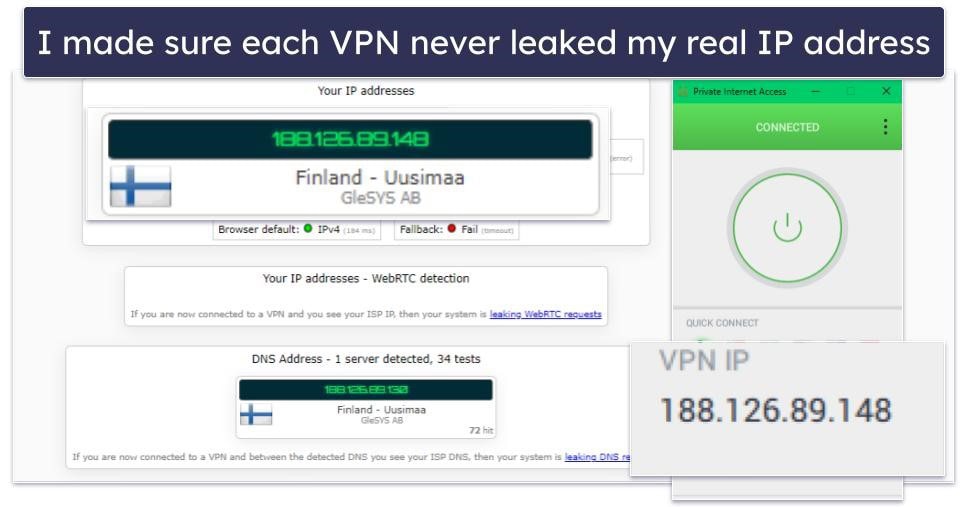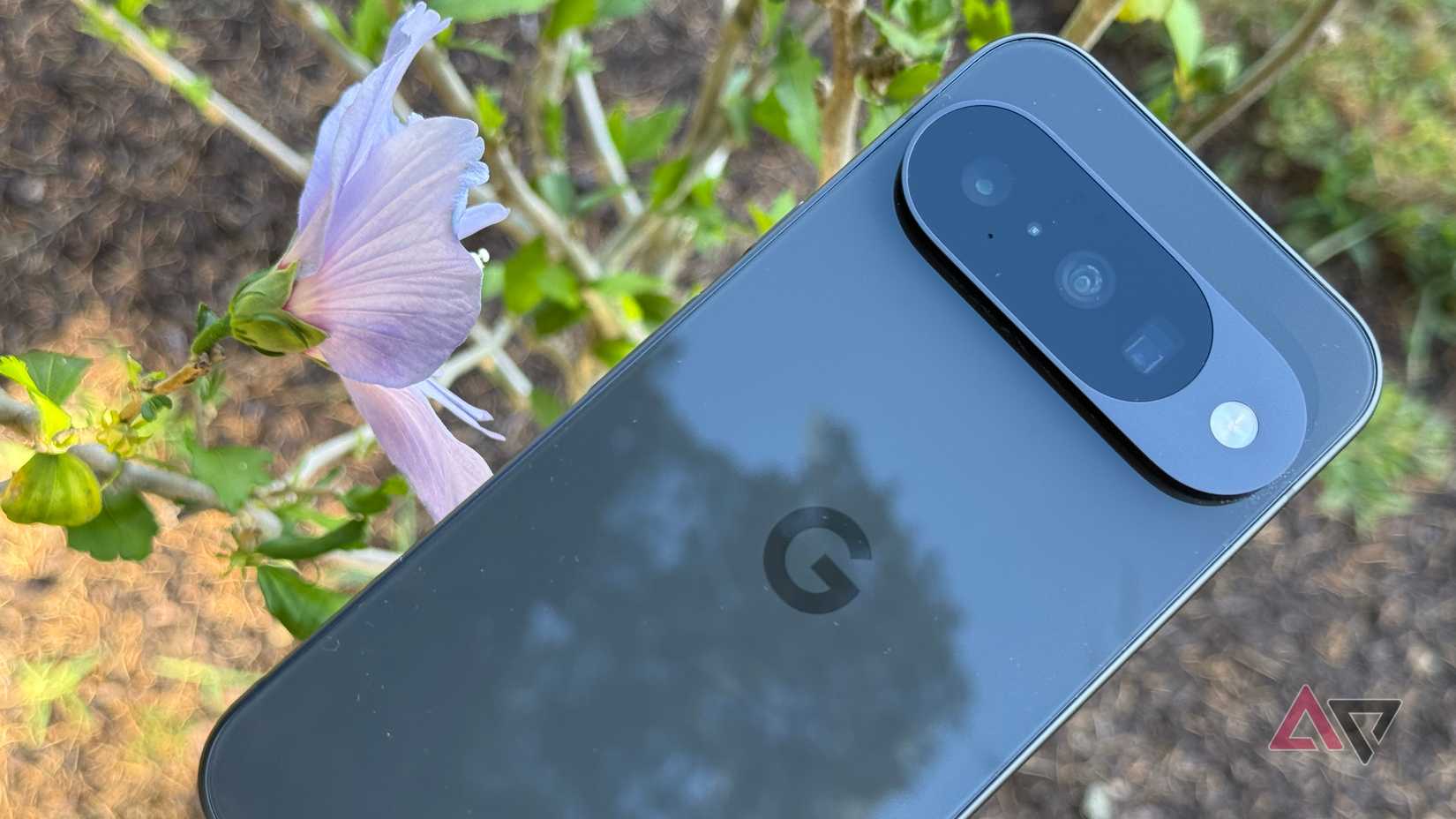Canceling subscriptions shouldn’t be so hard, but yet, here we are, struggling to click the button. The struggle comes from various factors, including psychological ones (fear of missing out or disappointment), losing special privileges like deals and old pricing, and the obstacles you’re forced to overcome by opting out.
I’ve felt the stress of all this. So much so that it has even made me less interested in picking up new subscriptions, and the fear has prevented me from upgrading my carrier plan, even if it means updating to a brand-new phone. It shouldn’t be this way, but it’s the current reality we face. CNET’s annual subscription survey reported that subscribers spent $17 a month on subscriptions they don’t use, adding up to more than $200 a year. That’s more than chump change that we can use elsewhere — here’s why I find it so hard to cancel and why many others do, too.
Canceling your subscription ruins social activities
Your subscription has become the primary source of entertainment
Streaming services are a huge reason my family and I stay connected. With everyone’s hobbies being so uniquely different, it isn’t easy to find overlap. As someone more tech-savvy than everyone else in my family, I find movie nights and seasonal binges my go-to option for family entertainment. Even at family dinners, they’re also an easy conversation starter. So it is only natural that we (my family and I) prefer watching movies and TV together.
I usually subscribe to two (maybe three) streaming services at once before rotating through them. Recently, I subscribed to Crave TV to catch up on the third season of Yellow Jackets. Thankfully, my service provider offered a deal, but otherwise, I would avoid paying for Crave if I could. A premium subscription costs $22 without ads, which is outrageous given the selection. But when it is a family favorite, I don’t have it in me to say no or ask someone else to pay. Being that person to cut the cord on family fun is stressful and somewhat of a mood-killer.
Why cancel when it requires so much effort
You might go through hoops to turn off auto-renewal
Not only is choosing to cancel sometimes hard, but the process can also be daunting. I recently helped my mom cancel her McAfee subscription, and I was shocked by the number of steps we took. I was baffled by how many tabs we had to sift through before finding the cancel button. In this case, the design seemed intentional to keep customers (for example, they kept my mom’s money for an extra year out of frustration). Unfortunately, the grim reality is that services don’t want to make canceling easy and painless — the FTC already points out that this is a dark pattern. As these companies know, most people don’t want to spend their limited time off speaking to customer service for assistance.
It’s easier to ignore the issue if the process is too much of a hassle — this is the unfortunate reality of subscription services and one we shouldn’t condone/give in to. I’m far more patient than most, but I can also make my own schedule to plan around this (which not everyone can do).
The fear of missing out (FOMO) is overbearing
Keeping up with trends is exhausting, but social isolation isn’t fun
Gaming subscriptions are notorious for producing FOMO. There’s also a lot of peer pressure to keep up with the latest trends. For example, when Palworld blew up last year, people bought the early access edition or tried it through Game Pass. Game Pass is decent value if you are actively playing on Xbox and have already paid for Live Gold before it was replaced with the Xbox Game Pass Core subscription. The PC catalog is also a nice add-on, even if you’re primarily playing through Steam.
But when you finally cancel, you might be left behind by the latest trend. You might miss out on gaming time with your friends and easy access to AAA titles. It took me years to finally cancel my Game Pass subscription, and I haven’t re-subscribed since. I miss playing the newest titles with my friends (most only play them for two weeks to a month), but the confinement just isn’t worth it.
Losing out on deals and grandfathered pricing
It’s not as common anymore to have grandfathered subscriptions, but they still exist. Grandfathering is great for existing customers. It allows customers to continue paying the same price or using the same terms as when they initially subscribed. It protects you from having to pay more or use another subscription model. New customers cannot access these special deals (or circumstances).
Once you cancel, you’ll likely lose out on your grandfathered plan. You might already see this regarding the data plans you chose offered by your carrier. It becomes difficult to back out, knowing you will never get it back. But then realize that you’re paying for something because you’re afraid to lose it rather than because you need it. It’s all a trap, but one that is hard to get out of.
Split your subscription bill or change plans
If subscriptions are necessary, you might want to consider other options. Some services have family plans, which allow you to pay a bit extra but also open up the possibility of separate accounts — giving you an excellent excuse to share the subscription costs. Otherwise, you may want to incorporate more options through careful budgeting, like downsizing your plan.

